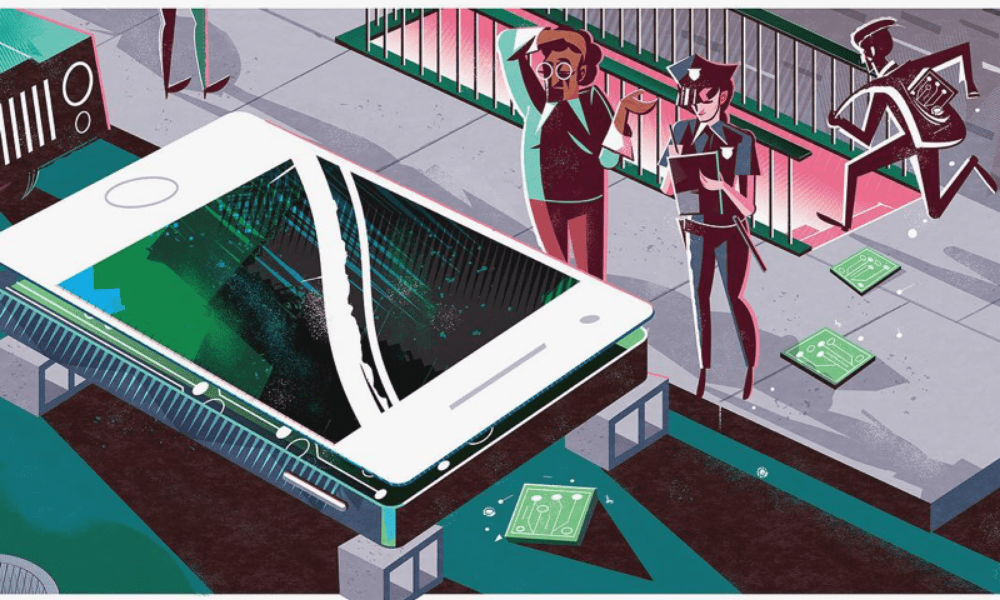The importance of security in e-commerce is beyond doubt. More and more companies spend a portion of their budgets to ‘shield’ their systems against cybercrime. Even local merchants are vulnerable to global attacks. This was demonstrated when the Wannacry virus infected 400,000 computers in 150 countries in 2017, at an estimated cost of $4 billion in damage, according to leaks from Malware Tech Blog.
In 2019, e-commerce and cybersecurity will continue to work together. In fact, investment in online security will grow by 8.7% in 2019, according to a Computer Weekly report. In addition to growing cybercrime, it has included the approval of the General Data Protection Regulations (GDPR) and other laws aimed at ensuring the security and privacy of users.
And if these data do not convince you, you should know that the damage from cyber attacks will exceed $6,000 a year in 2021. These CyberSecurity Ventures estimates send an alert message to e-commerces: they must protect themselves against these threats.
Why cybersecurity and e-commerce are an indispensable partnership
At the turn of the century, cyberattacks were a threat that only put government agencies at risk. Today, cybercrime has surpassed all expectations. And its criminals do not always have political objectives. Therefore, large and small e-commerces may be in their crosshairs.
Having an e-commerce security policy is indispensable for two reasons: First, the GDPR and other existing laws require companies to commit to the security of customer data; but e-commerces also know that users attach importance to privacy and security.
The existence of quality seals such as eKomi or Trusted Shops is not a simple adornment: consumers actually buy more in stores where they feel more secure. It is logical that this is the case!
Consequently, trust is one of the factors in building customer loyalty. Providing good service and ensuring consumer satisfaction is no longer enough: users must feel safe. That’s why companies have to worry about cybersecurity. Among the most used ways to protect their customers stand out:
● Installation of Secure Sockets Layer (SSL) certificates, which is displayed in the browser with a green padlock. In this way, users are assured that their data is encrypted and safe.
● Use of a secure hypertext transfer protocol (better known as HTTPS). It allows to effectively encrypt the transfer of user data.
4 major threats to security in e-commerce

But knowing the security solutions for e-commerce is not enough. It is also necessary to know the threats that companies face.
Phishing: pretending to be the e-commerce staff
One of the most frequent forms of e-commerce cybercrime is phishing attacks. This threat is especially dangerous for sensitive user information. Phishing seeks to obtain access data to credit cards, bank accounts or platforms such as PayPal.
Phishing begins with sending an email to the user. In this email, the cybercriminal pretends to be Amazon, Apple or another company, imitating his style, email address and so on. With the excuse of solving some technical problem, they require users to enter their data in a form. It goes without saying what will happen if they fill out the form.
Malware: When a Small Security Gap Causes a Big Problem
Another enemy of cybersecurity is malware, one of the most widespread cyber threats. In fact, in 2019 it will once again be the main concern of companies. Malware can be defined as any program or file (an image, for example) that has malicious code intended to damage the recipient’s software. The famous Ransomware attack was nothing more than a wave of particularly harmful malware, which could put companies in Spain, Portugal and the United Kingdom in check in 2017.
Credit/Debit Card Transaction Fraud
E-commerce has an infinite number of vulnerable areas. These weaknesses can be used by cybercriminals to attack their systems. For obvious reasons, credit/debit card fraud is very common. Malware is used to block the security of the system so that criminals can access credit card information.
Human Error: More Common Than It Seems
But e-commerce and cybersecurity also involve human error. On November 21, 2018, Amazon reported in a statement that a “technical error” had exposed names, e-mail addresses and other sensitive data of a portion of its users. In fact, this situation is more frequent than it seems.
According to data published by CSO ComputerWorld, almost 7 out of 10 incidents suffered by Hiscox (67%) were due to negligence on the part of its staff. It is therefore not true that phishing, malware and other external attacks are the cause of all security vulnerabilities.
Those responsible for a company’s security are human, and as such, they can make mistakes. Sometimes it’s not a mistake for lack of professionalism, but because they underestimated the cunning of cybercriminals. However, human error does not absolve companies.
So e-commerce and cybersecurity must work together to protect consumers. If this frank ‘alliance’, online customer trust will disappear. What then would be the future of e-commerce?




